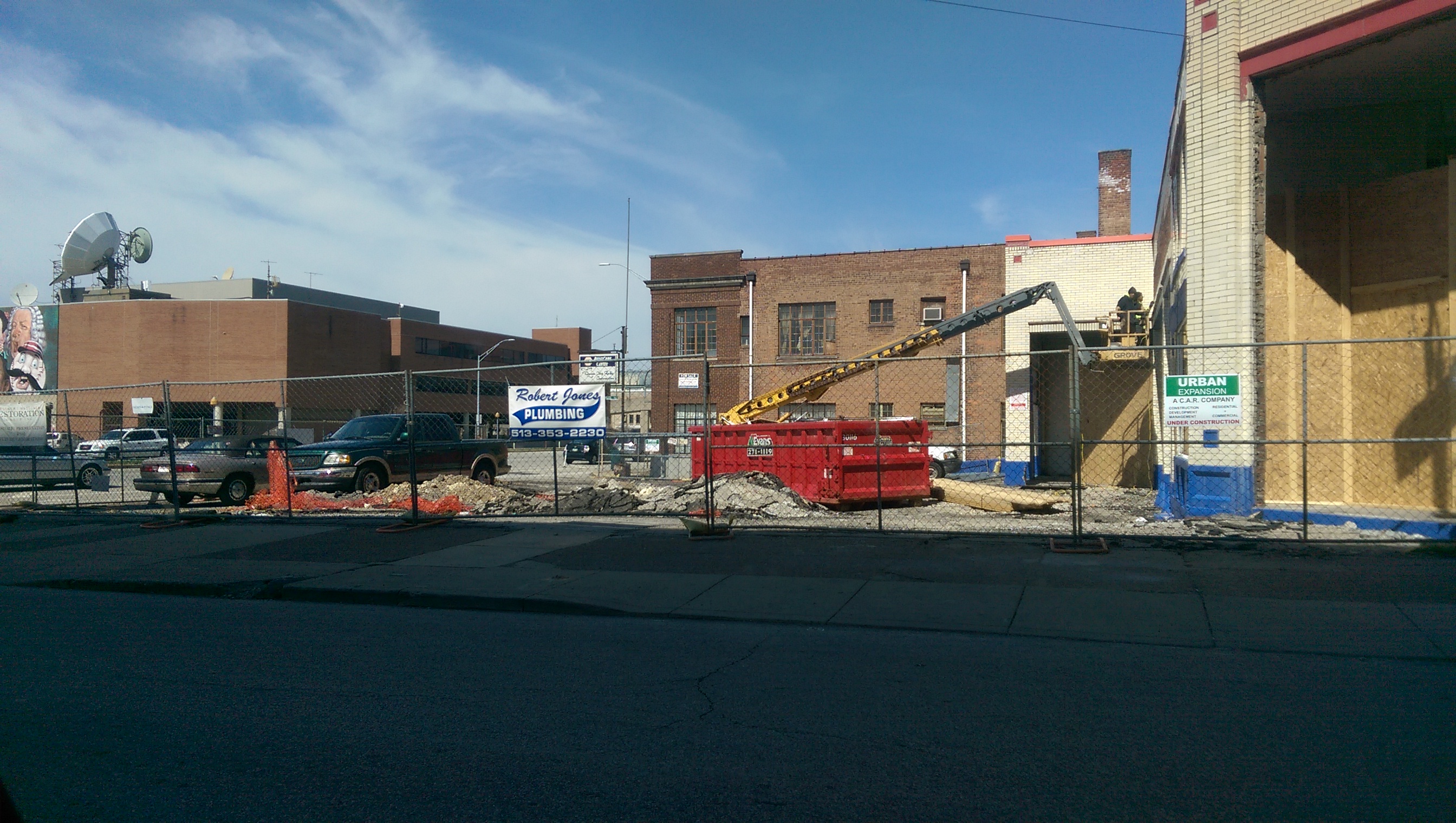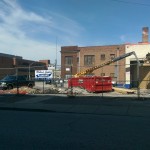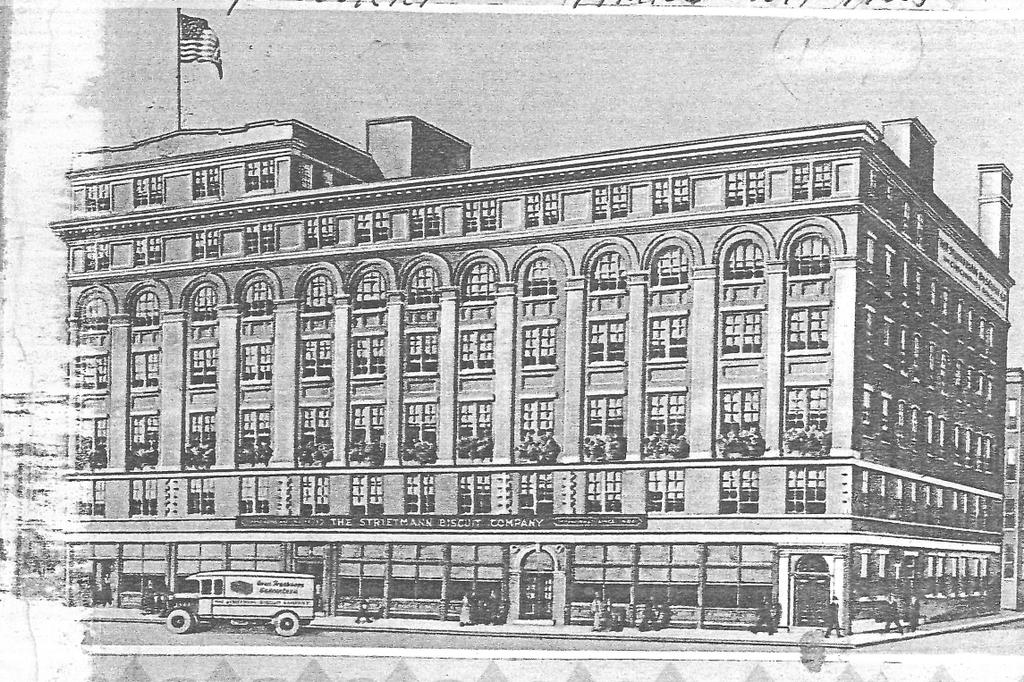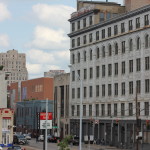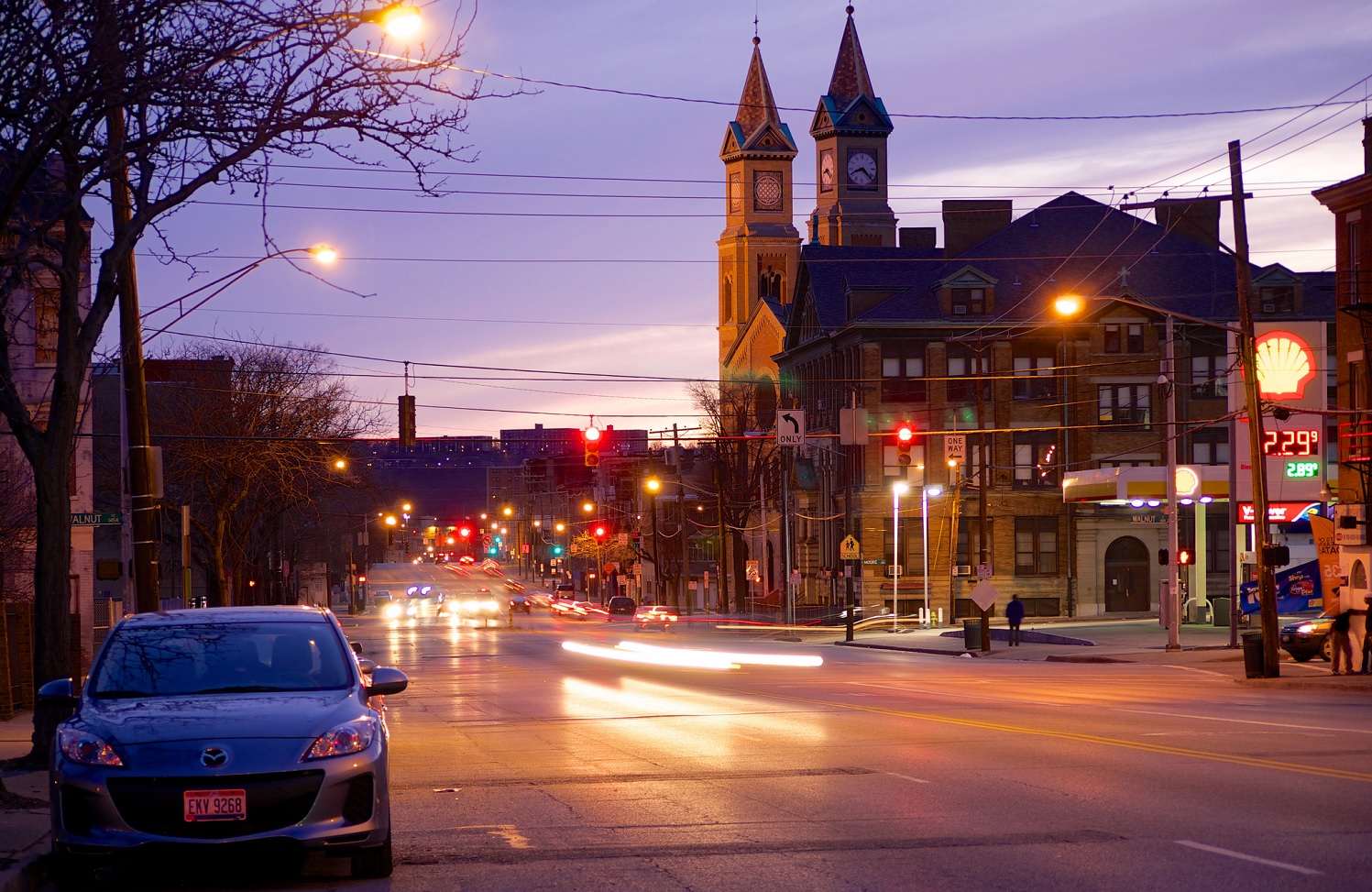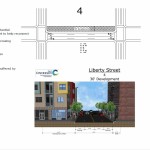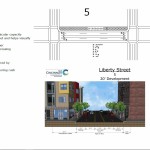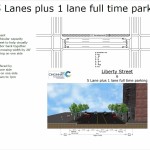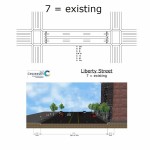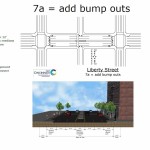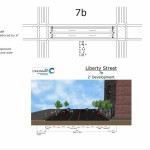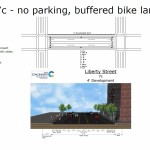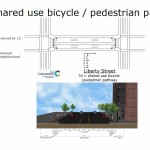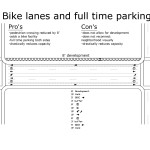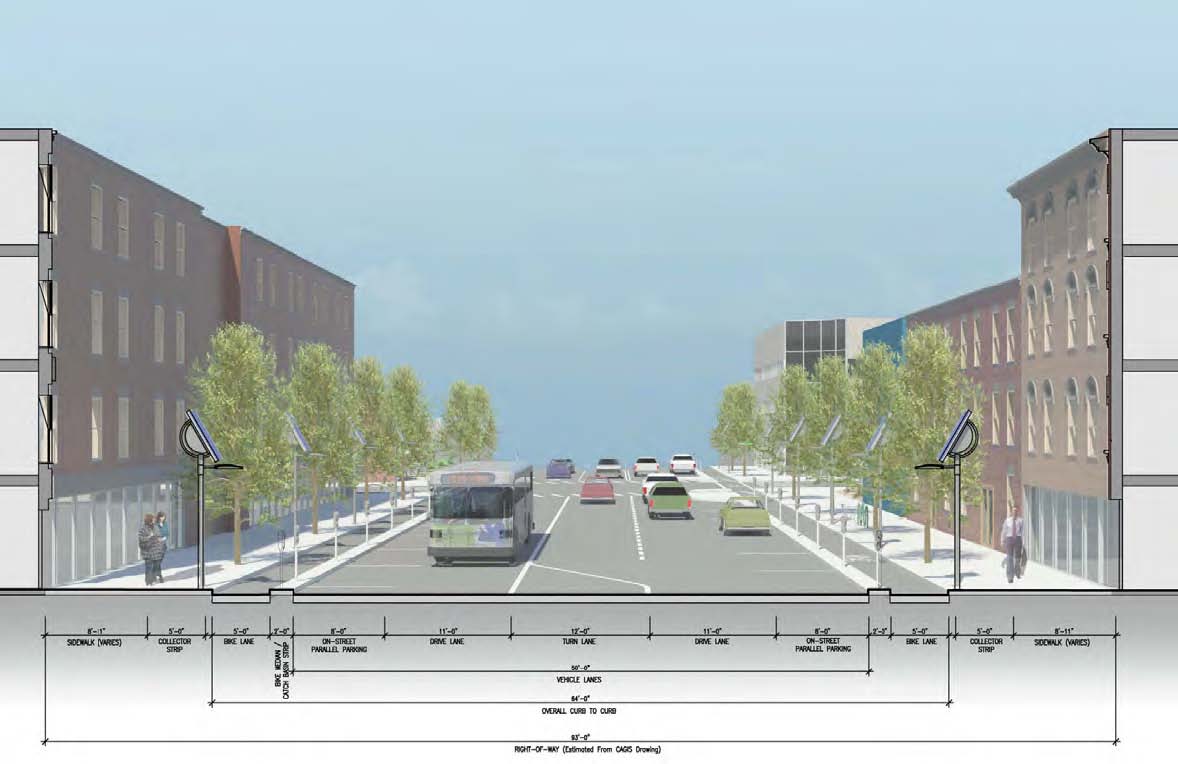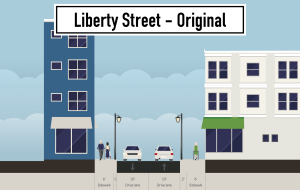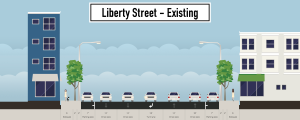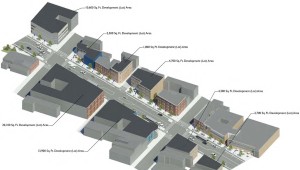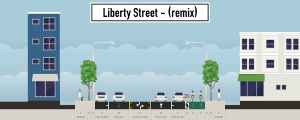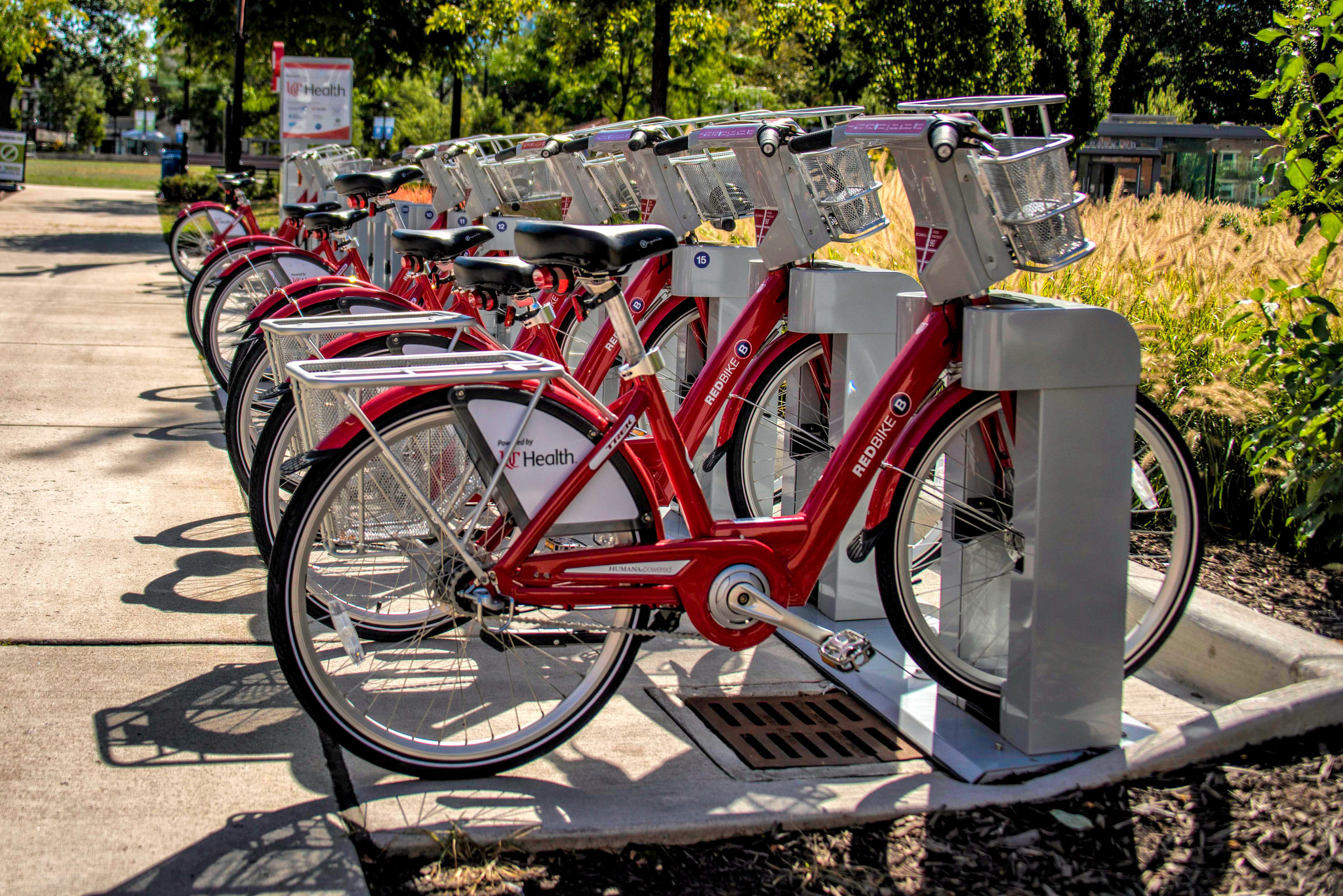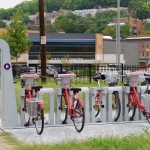A former automotive repair shop called Queen City Radio is being re-purposed as a bar with a large outdoor beer garden in Over-the-Rhine.
Chris and Louisa Reckman, along with her brother, Gabriel Deutsch, recently bought the 7,665-square-foot property at 222 W. Twelfth Street due to its terrific location that is within close proximity to the Cincinnati Streetcar, Washington Park, Music Hall, and the Central Parkway protected bike lane.
First constructed in the 1940s as an auto repair shop that focused on car radio installation, the new owners say that they wanted to keep the historic name in order to create a warm new atmosphere for the community.
“We had the idea because every time we drove past it, we saw this ugly parking lot and we need more green space in Over the Rhine,” said Louisa.
To that end, Louisa says that QCR will be dog friendly in order to welcome the many dog owners in the neighborhood – including those visiting the dog park at Washington Park. Additionally, for the dog’s owners, there will be 14 beers on tap, including both local and national brews.
“We just want it to be easy-going – a place where anyone can come,” Louisa told UrbanCincy. “We just want it to be a place where everyone feels comfortable.”
Louisa and her brother have background in the restaurant and bar industry, while her husband works for Urban Expansion – a development organization that has helped renovate spaces that include establishments like Happy Belly and Goodfellas.
Local places like those, and others, are what they say motivated them to pursue such an endeavor.
“We love Neon’s and places like that, but there aren’t that many of them down here,” Louisa explained. “So we said, ‘let’s bring some more greenery…let’s beautify the place.’”
As of now, the team says that they are aiming for a July 4 opening.
Such timing would place them amongst the first of several other planned developments nearby, including an 88,000-square-foot office renovation, the new Cincinnati Shakespeare Company, and a new 20-room boutique hotel.
